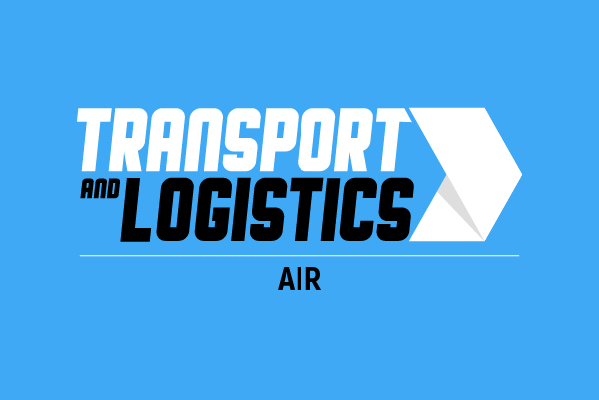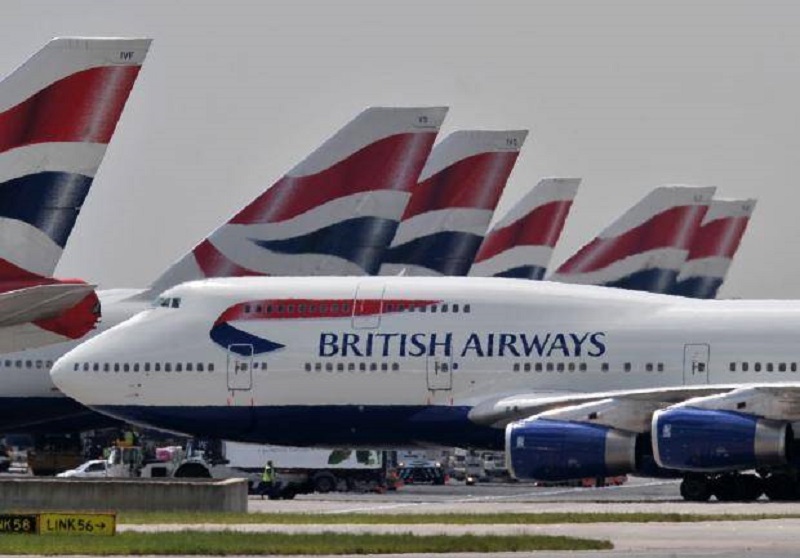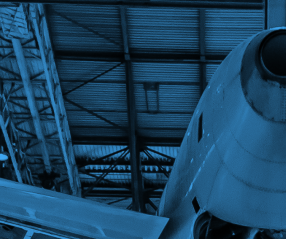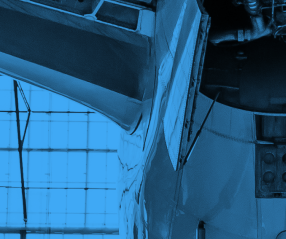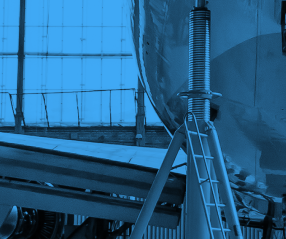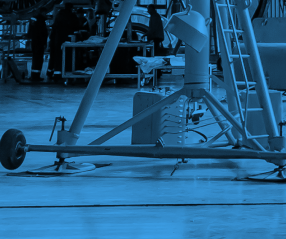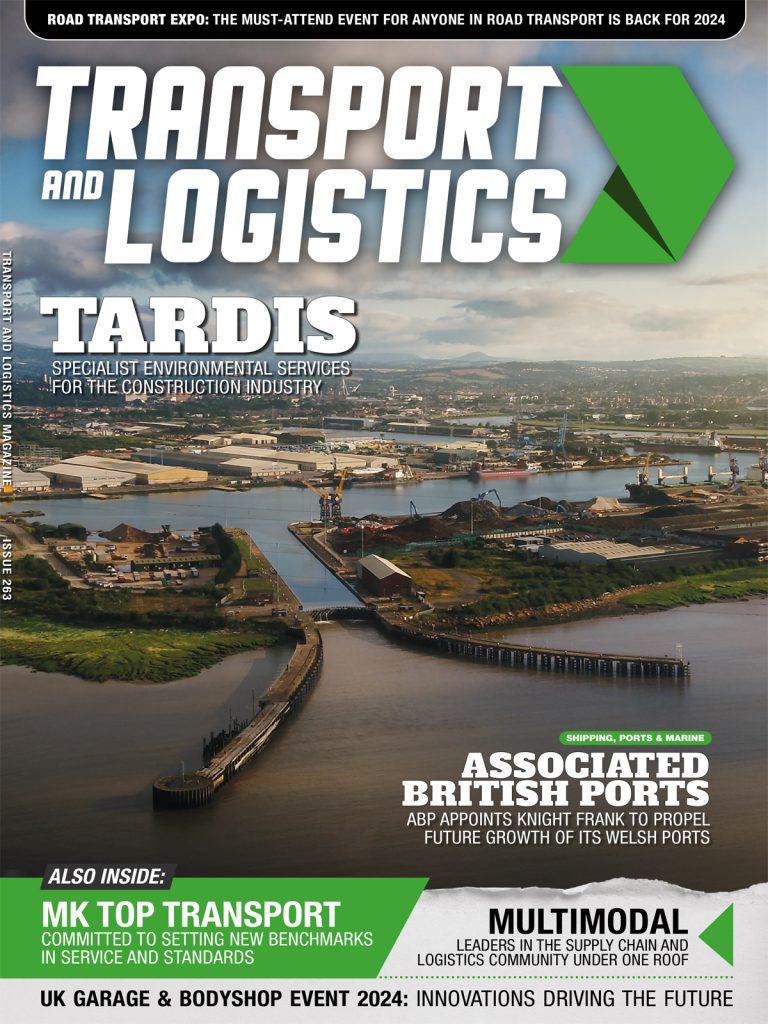Flying is often part and parcel of holidaying abroad — but when it comes to our aeroplanes, we don’t think about what actually lifts them off of the ground. In this article, we will find out whether waste will be used as the new fuel for our aeroplanes.
Actions from the government that were influenced by modern travel trends
Britain is always looking for new alternatives that will help the environment and are about to invest £22m into the creation of five new low-carbon fuel plants that will likely influence the waste sector. Comments from the Department of Transport said that planes and lorries that have the potential to be driven by waste could use up to 90% less carbon in comparison to regular fossil fuels. This news comes at a time where the UK wants to become a zero-emission zone by 2040 with the removal of petrol and diesel cars and is eager to invest in environmental alternatives.
But how have these travel trends directed the government to invest in such initiatives that will change the way our aeroplanes consume fuel?
According to research, a total of 2.14bn people travelled by plane in 2005 — which was later succeeded by 2.26bn in 2006. In 2007, the result grew significantly and stood at 2.46bn. 2.49bn was the result for 2008. However, in 2009 this number dropped to 2.48bn. Without failure, 2010 saw a higher climb as the number of people travelling hit 2.70bn — a momentous increase. In 2011, the figure increased to 2.86bn.
However, 2012 saw an admirable 3bn people travel by aeroplane — which increased to 3.15bn in 2013. This increased in 2014, with 3.33bn travelling. Although this has been increasing over time with only one drop, it is expected to rise further. 2015 saw 3.57bn travel and in 2016, there were 3.77bn travellers.
As flying becomes a more popular route to travel abroad, air pollution is becoming more problematic. Aeroplanes emit particles and gases into the air which is causing a long-term effect on global dimming, climate change and ocean acidification. With more people jetting off, action needs to be taken and this has been the driving force behind the big investment, of which 70 groups are bidding for the funding.
The change of fuel
One of the most renowned airlines, British Airways has joined forces with Velocys to endorse the waste-to-renewable-jet-fuel initiative, which is set to come into play by 2019. The waste plant used is expected to bring in hundreds of thousands of waste produce each year, which will be converted into clean-burning fuel that will later be used to help get British Airway planes off the ground. The waste that is used is expected to reduce greenhouse gases by 60%, with a 90% reduction in particulate matter emissions in comparison to traditional jet fuel.
But what other airlines are making changes?
Lufthansa
With aims to improve the environment, Lufthansa is one airline that has announced change. In 2016, it entered a contract with a company that produces biofuel from grain. Lufthansa will purchase 8 million gallons of biofuels per year until 2020, and has already done many biofuel and jet fuel testings on commercial flights.
Hainan Airlines
In 2017, Hainan Airlines completed a 12.5-hour flight from Beijing to Chicago using 85% conventional jet fuel, with the remaining being biofuel. The cooking oils, which included vegetable oils and animal fat, were taken from restaurants; and this could help reduce emissions by 50%, if used instead of normal jet fuel.
Qantas
This airline has made remarkable changes to the way they fuel their aeroplanes. In 2012, Qantas flew an Airbus A330, which is a wide-body jet with a twin engine, and powered it with 50% cooking oils and 50% conventional jet fuel. In 2018, Qantas hopes to achieve a flight from Australia to America with 30% biofuel from mustard seeds and 70% conventional fuel. This should reduce emissions by 20%.
United Airlines
This airline utilised agriculture and household waste, conducting a flight that used 70% conventional fuel and an amazing 30% of biofuels. From this, carbon dioxide emissions will be reduced by a huge 60% on a lifecycle basis in comparison to conventional jet fuel.
This article was brought to you by Reconomy, your go-to 8 yard skip service.


